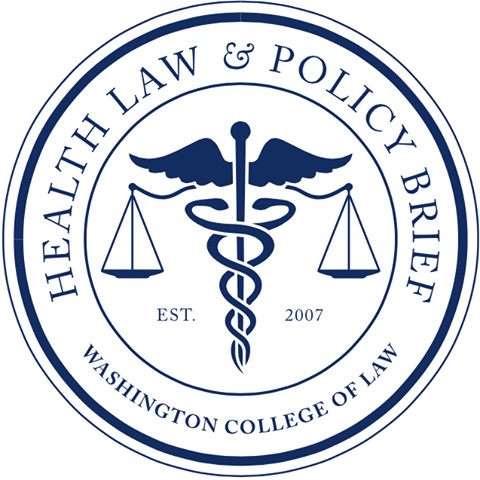The demographic landscape in the United States is undergoing an unprecedented shift as the older population continues to increase. In the next decade, the number of people aged 65 or older is projected to outnumber those under 18. Older adults face unique social, physical, and economic challenges. As this population grows, our nation will need to find comprehensive alternatives to the current systems, which are already struggling to adequately support the complex needs of persons 65 and older.
As we age, daily tasks and activities become more difficult. While moving into an assisted living facility or nursing home may seem like the obvious next step for aging adults who need additional care and support, for many, this move may be unnecessary, unattainable, or unwanted.
Studies show that approximately 95 percent of older adults want to continue residing in their own homes and communities. This concept, known as aging in place, allows the nation’s growing population of older adults to live independently and “age with dignity.” This desire is driven by numerous factors, including high facility costs, the uncertainty of transitioning to a new and unfamiliar environment, the desire for independence, and the absence of their support systems.
However, there are challenges and risks associated with living independently in one’s own home, such as increased difficulty performing daily tasks, lack of transportation, a risky home setup, potential for isolation, and the need for additional care. Additionally, as the nation’s aging population grows, so will the fraction of vulnerable older adults who will require more assistance than those who are in good health, have strong social connections, and possess adequate resources.
Nevertheless, individuals can safely remain in their homes and communities with support. Given the increase of older adults who will inevitably age in place, and face challenges that can make independent living more difficult, the need for additional services and support is imperative.
On February 6, 2024 the Administration for Community Living (ACL) announced its final rule to update regulations for implementing its Older Americans Act (OAA) programs. This update reflects the increased needs of a nearly doubled senior population since the last substantial update to the OAA regulations in 1988.
First passed in 1965, the OAA authorized programs and services to help older adults remain in their homes and communities. Since the last substantial update to OAA regulations 36 years ago, there is a deeper understanding of how social determinants of health can be used to reshape healthcare, and health care service delivery models, through the use of non-medical services. OAA programs provide older adults with resources to remain in their communities and places of residence, empowering them to age in place and avoid institutionalization or hospitalization. The OAA offers a range of services and support, such as home-delivered meals, congregate meals, caregiver assistance, personal and home care services, preventive health services, and transportation. These services play a crucial role in enabling older adults to maintain their independence and place in their communities, ensuring that aging in place becomes a viable and sustainable option for individuals across the country.
